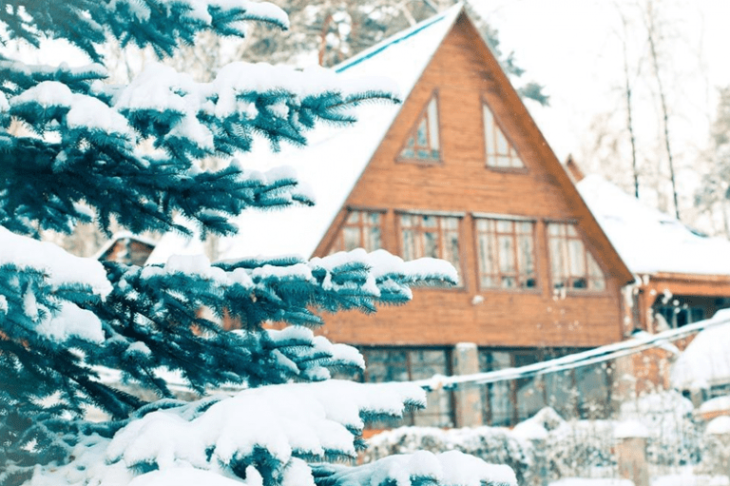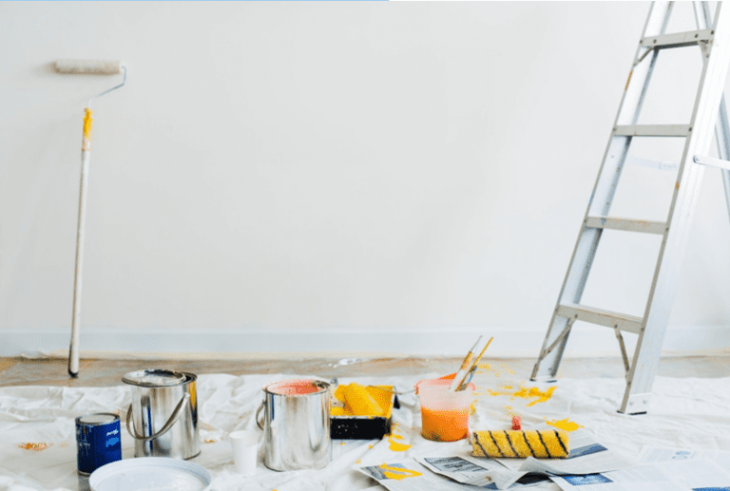Most of the remodelers and homebuilders try to complete the house painting before the temperatures fall, but the timing cannot always be set right. If you do not have any option other than painting in the winter, there is nothing to worry about.
It is important that you hire an experienced painting contractor like NewCastlePaintingBC.com to ensure that the work is done neatly and in time. You also need to follow some crucial tips on your part to make sure that there are no glitches to the paint job. Some of the tips for house painting during the winter are mentioned below.
Contents
Impact of temperature on paint

It is important that you understand the effects of temperature on the application of the paint, its characteristics, and drying pattern. Performance and characteristics of the paint must be right to help you prepare for painting in winter. Oil and alkyd -based paints are made with resins and natural oils, and they become highly viscous at low temperatures. Latex paints freeze at low temperature, needing special additives for thawing resistance. One needs to consider the mixing time before the application accordingly.
Identify the unusable paint
Latex paints become lumpy when they have gone through several freezing and thawing cycles. Paint with such consistency cannot be used and it must be discarded. Latex paints freeze easily because it takes the same temperature as water to freeze. For winters, oil-based paints are better as they are more resistant and will not freeze until very low temperatures are reached.
Considerations regarding recoating paint

Winter slows down the drying time and extends the time for recoating. When the temperature drops to fifty degrees, the recoating time extends to six hours. Thus, you can well imagine the length of time for even lower temperatures. Alkyd paints need more than 48 hours before you can apply another coat. Poor uniformity of color, film cracking, water spots, the inadequacy of stain resistance, and poor touch up are some of the other factors that you need to watch out for when painting your house in winters.
Building up bubbles over the designated area
A smart trick to try out for panting in cold temperatures is building a bubble around the area to be painted. Use six mil plastic, scaffolding, and zip poles to enclose the area completely and then use a space heater to rise up the temperature. Andrew at HeaterKing has some detailed reviews for you to check out regarding this. However, you must make sure that the temperature stays constant in the bubble throughout the time of drying. The safety concerns must also be kept in mind, and the area must be properly ventilated and attended while the heater is running.
Track the weather before starting the work
Check the local forecasts before starting work and find out the number of days in the month when the temperature will remain at its highest. You need to find out a row of days when the temperature will not drop at excessively low levels regarding the paint in use as you must consider the drying time. Start the work on the day the sun will be shining on the area that you are painting to increase the temperature of the area.
Painting in the winter is certainly more difficult than other seasons, but that does not mean that it cannot be accomplished. Following these given tips will make the job a whole lot easier for you.
